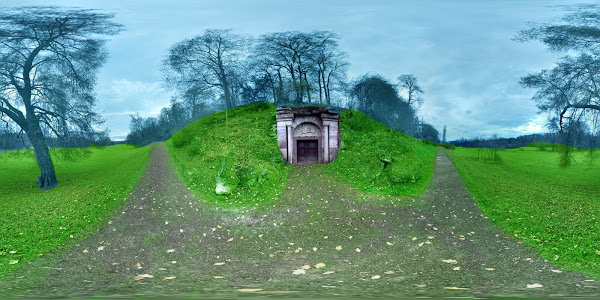VR Design & Development
The following projects were completed as part of the M.Sc Human-Computer Interaction course in Bauhaus-Universität Weimar.
Virtual Reality
This module involved learning about the concepts existing in current Virtual and Augmented Reality. For all projects we used an in-house system called Avango Guacamole to create 3D environments and implemented various interaction techniques useful in an immersive 3D environment. The programming language was through Python. The video shown below is our team of two’s final project.
Behind the Mask 360 (Virtual Reality Design)
This course was an elective and involved the creation of various low-cost virtual reality assets. These assets were often centralised around the Google Cardboard, a cheap VR solution. Early on in the course we were allowed to think of different themes or scenarios where the discussed concepts could be used. I decided on a Sci-Fi exploration adventure theme that would be central to the completed assignments. Multiple technologies were used to create VR assets like photospheres, 3d models and special effects. The below list is a short summary.
- Google Photosphere, Photoshop and Spherecast (temporary online Viewable VR images)
- TouchDesigner (3D environment spheres and special effects)
- Blender, 123DDesign (3D modelling)
- Unreal Engine (360 3D environment and game engine)
Many of the techniques learned through using these technologies went into the final assignment. Here a 3D environment was modelled using Unreal Engine. Due to the lack of rendering and processing power it was not possible to create a seamless video of the 3D scene. Thus, a 360 viewable video slideshow was edited that showed the most notable spots in the environment. This assignment also involved designing a wearable mask with the Google Cardboard suitable for the Sci-Fi theme. Samples of the work can be seen below. A 3D model of the mask can also be spotted in the 360 video!



